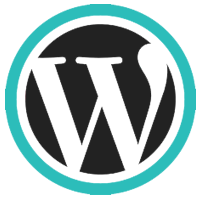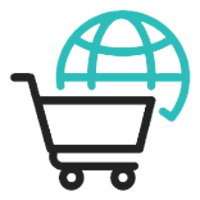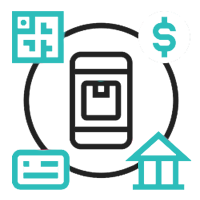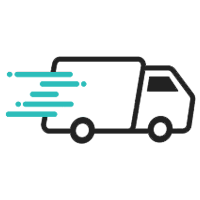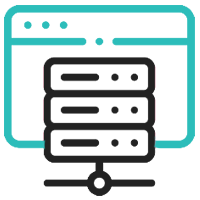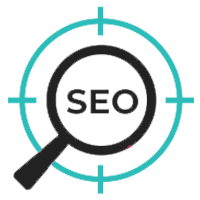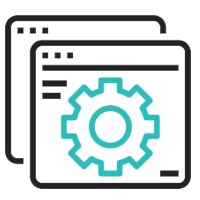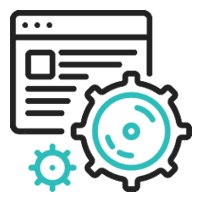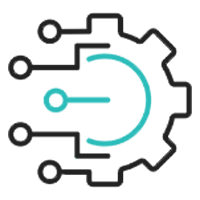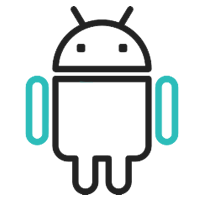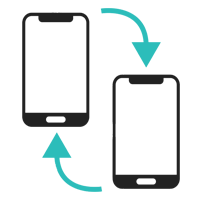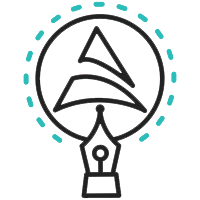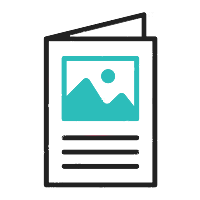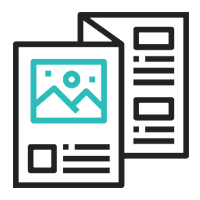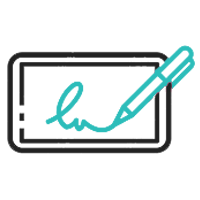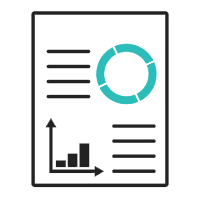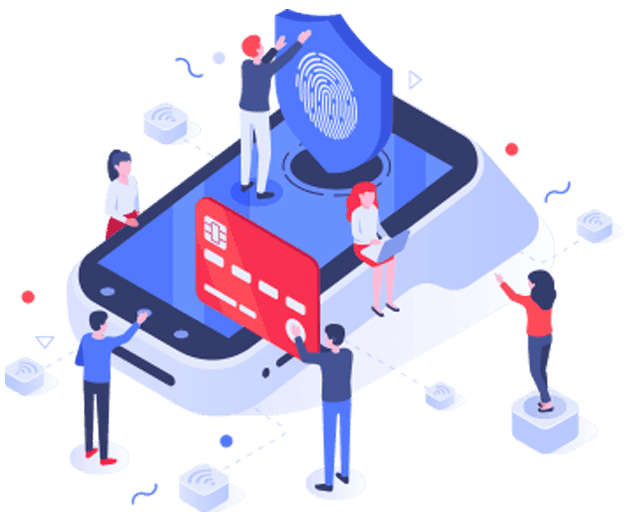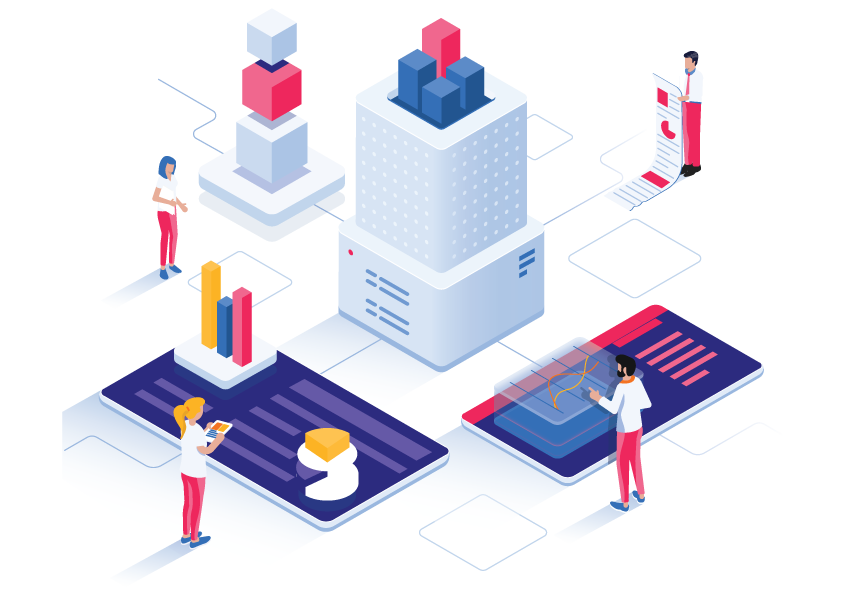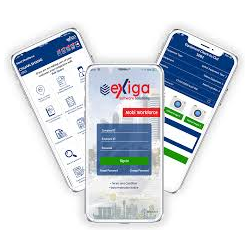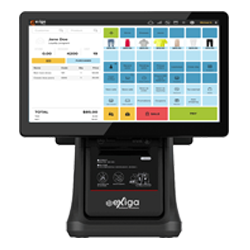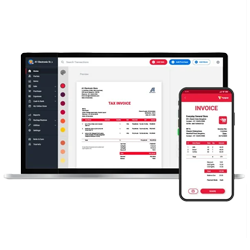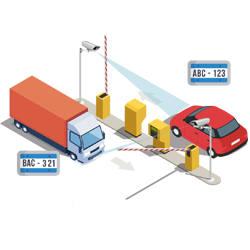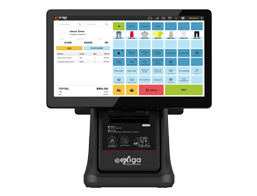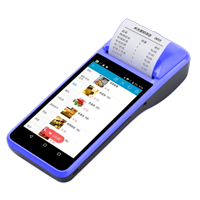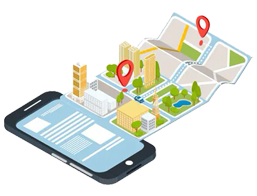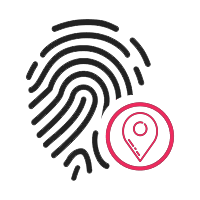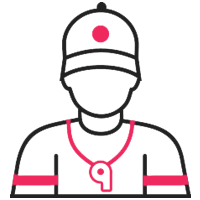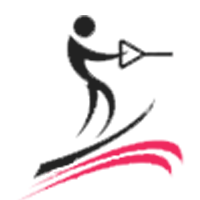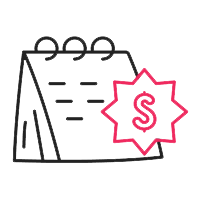Custom IoT Development
Custom IoT (Internet of Things) development involves creating tailor-made solutions that connect physical devices to the digital world, enabling real-time data collection, analysis, and automation. Through sensors, actuators, and smart devices, IoT systems gather valuable insights that can transform industries such as healthcare, manufacturing, agriculture, logistics, and smart homes. Custom development ensures that IoT solutions are purpose-built to meet unique operational requirements, offering enhanced control, flexibility, and scalability.
The development process typically begins with a detailed understanding of the business challenge, followed by the design of hardware components, firmware, and software platforms. This may include creating device prototypes, integrating communication protocols, and building intuitive dashboards for monitoring and managing IoT devices. Security, reliability, and interoperability are prioritized at every stage to ensure that data integrity and device performance are maintained even in complex environments.
Custom IoT solutions empower businesses to automate processes, improve efficiency, and make data-driven decisions. Whether it’s predictive maintenance for industrial equipment, real-time tracking of logistics fleets, or energy optimization in smart buildings, bespoke IoT systems provide measurable benefits. The combination of cloud services, edge computing, and AI-driven analytics makes custom IoT development a powerful driver of digital transformation and competitive advantage.
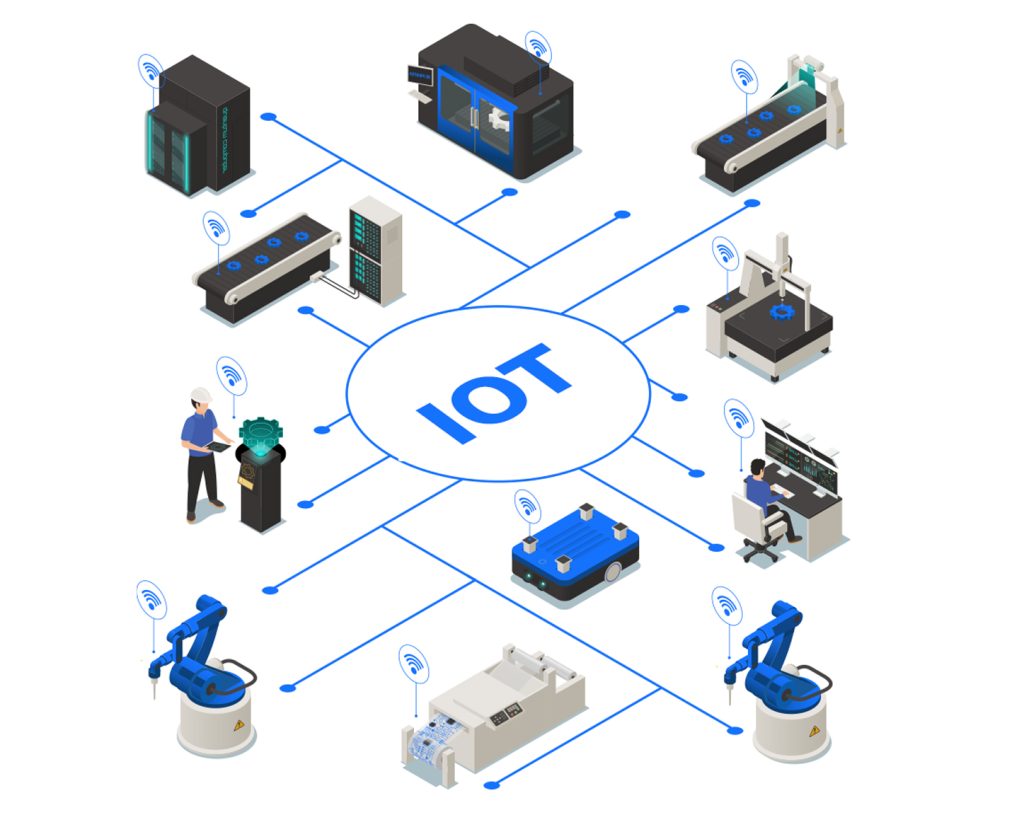
Key Features:
CI/CD Pipeline Implementation:
Infrastructure as Code (IaC):
Automated Testing:
Cloud & Container Orchestration:
Continuous Monitoring & Logging:
Security Integration (DevSecOps):
Performance Optimization:
Collaboration & Culture Building:
Automated Rollback & Recovery:
Toolchain Integration:
Features of Custom IoT Development:
Custom IoT (Internet of Things) development focuses on creating tailored solutions that address specific needs and challenges by connecting physical devices to the internet and enabling them to collect, exchange, and act upon data. A core feature is end-to-end solution design, encompassing the selection of appropriate hardware (sensors, actuators, embedded systems), the development of robust and secure communication protocols, the creation of cloud-based platforms for data processing and storage, and the design of user-friendly applications for monitoring and control. This holistic approach ensures all components work seamlessly together.
Another key feature is hardware and software customization. Unlike off-the-shelf IoT products, custom development allows for the selection of specific sensors and actuators that precisely meet the requirements of the application. Similarly, the software running on the devices (firmware) and the cloud platform can be tailored to perform specific tasks, analyze relevant data, and integrate with existing enterprise systems. This level of customization optimizes performance, efficiency, and cost-effectiveness for the intended use case.
Furthermore, custom IoT development emphasizes data management and analytics. Solutions are designed to efficiently collect, transmit, store, and process the data generated by connected devices. This often involves implementing data filtering, aggregation, and analysis techniques to extract meaningful insights. Custom dashboards and reporting tools can be developed to visualize this data, enabling informed decision-making, predictive maintenance, and process optimization. Security is also a paramount feature, with custom solutions incorporating security measures at every layer, from device authentication and data encryption to secure communication protocols and cloud platform security, to protect sensitive information and prevent unauthorized access.
Additional Features of Custom IoT Development:
Beyond the core aspects, custom IoT development offers several other valuable features:
Scalability:
Solutions can be designed to accommodate future growth in the number of connected devices and the volume of data generated.
Interoperability:
Custom systems can be built to integrate with existing enterprise software, legacy systems, and other IoT devices through APIs and standard protocols.
Power Efficiency:
For battery-powered devices, custom development often focuses on optimizing power consumption to extend battery life.
Real-time Monitoring and Control:
Many applications require real-time data visualization and the ability to remotely control connected devices.
Edge Computing Capabilities:
Custom solutions can incorporate edge computing to process data locally on the devices or gateways, reducing latency and bandwidth requirements.
Alerts and Notifications:
Setting up custom rules for alerts and notifications based on sensor data allows for proactive responses to events.
User Interface/User Experience (UI/UX) Design:
Developing intuitive and user-friendly applications for interacting with the IoT system is a crucial aspect of custom development.
Firmware Over-the-Air (FOTA) Updates:
Enabling remote updates to the device firmware ensures security patches and new features can be deployed efficiently.
Integration with AI and Machine Learning:
Custom IoT solutions can be designed to leverage AI and ML algorithms for advanced data analysis, predictive modeling, and automation.
Compliance and Regulatory Adherence:
Custom development can ensure that the IoT solution complies with specific industry regulations and standards.
Technology Used in Custom IoT Development:
Custom IoT development relies on a diverse range of technologies spanning hardware, software, and networking:































